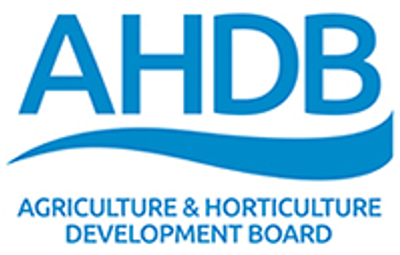

Slug Control
Slugs are a major pest of agricultural and horticultural crops which left unchecked can cause significant damage. A number of cultural control methods are employed but when conditions are difficult and these measures are not sufficient, chemical control options are a last resort. The most common crop protection product used in arable crops in the UK is metaldehyde-based slug pellets. Metaldehyde is often detected in raw water above the drinking water standard, with peaks following rainfall. While levels detected pose no danger to health or the environment, the UK’s environment agencies and Defra are responsible for the implementation of the Water Framework Directive. Unless action is taken, regulatory restrictions, or even withdrawal, may be enforced. Best practice advice on the application of Metaldehyde-based slug pellets, including guidelines on reduced rates and timings, has been produced by the Metaldehyde Stewardship Group (MSG) and is available.
The MSG has introduced a voluntary pilot scheme where zero metaldehyde is advocated on identified, ‘High Risk’ fields. With the recent ban of methiocarb, best practice advice on the application of metaldehyde-based slug pellets, produced by the MSG, is ever more important. Methiocarb, the second most commonly used molluscicide, is already being withdrawn from use following the recent ban by the European Commission. Methiocarb can be purchased up until 19 September 2014 and the use up period ends 19 September 2015.
When considering application of slug pellets, it is critical to assess slug populations by trapping using chicken layers mash. The Horticulture, Cereals & Oilseeds and Potatoes divisions of AHDB have produced information (see under `Resouces` below) that, coupled with industry best practice advice, provides a framework for protecting crops from slug damage.
